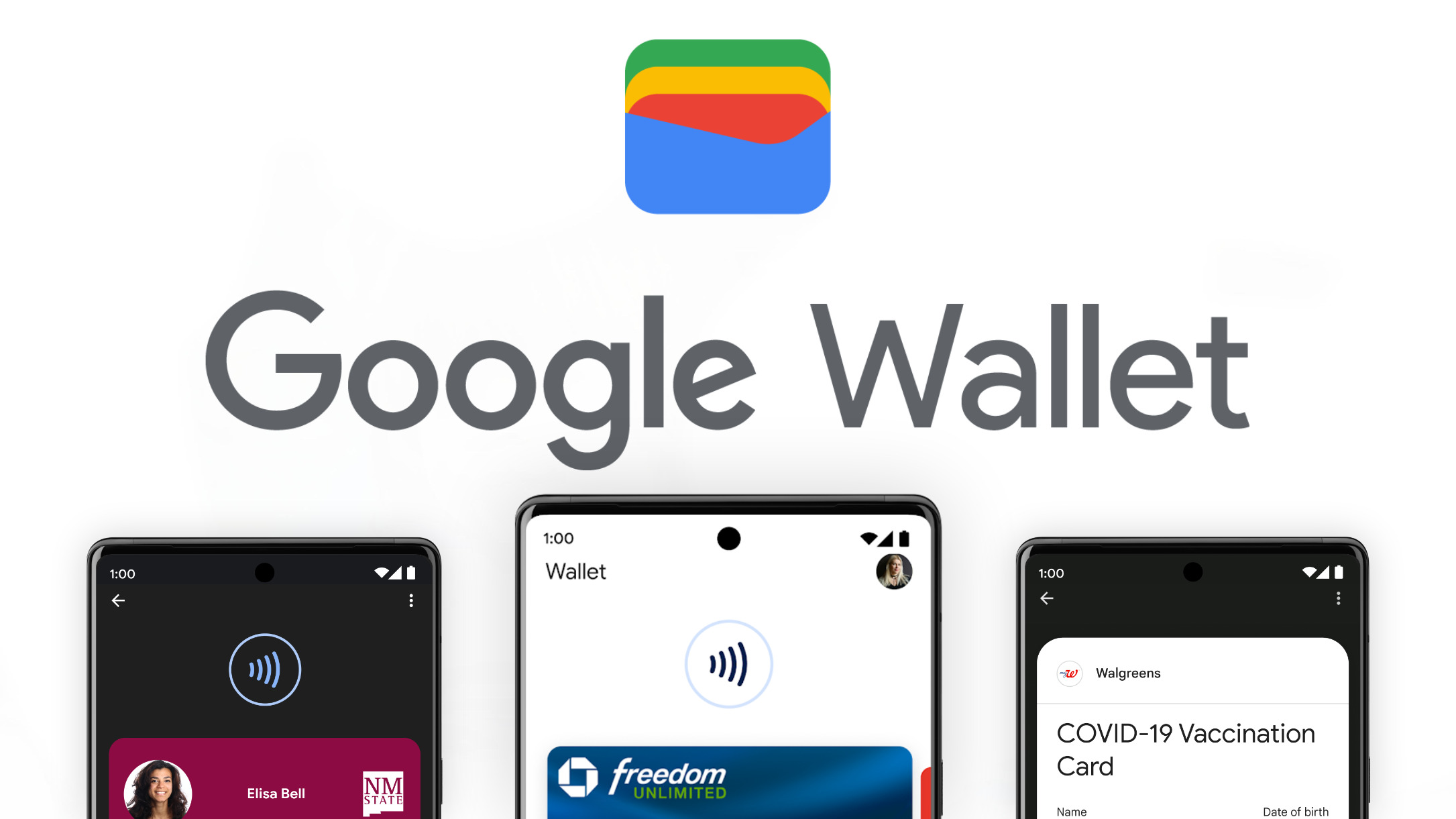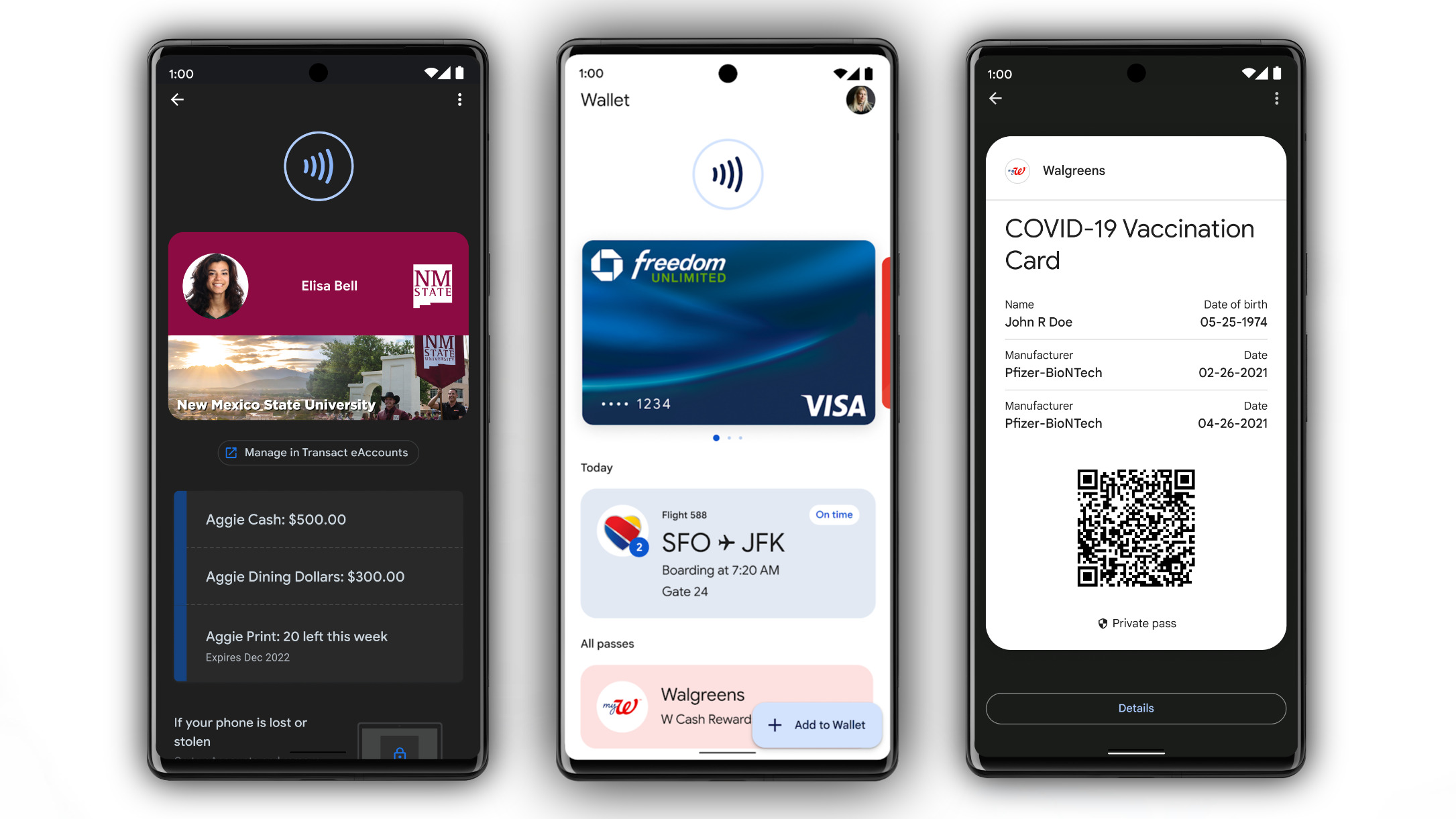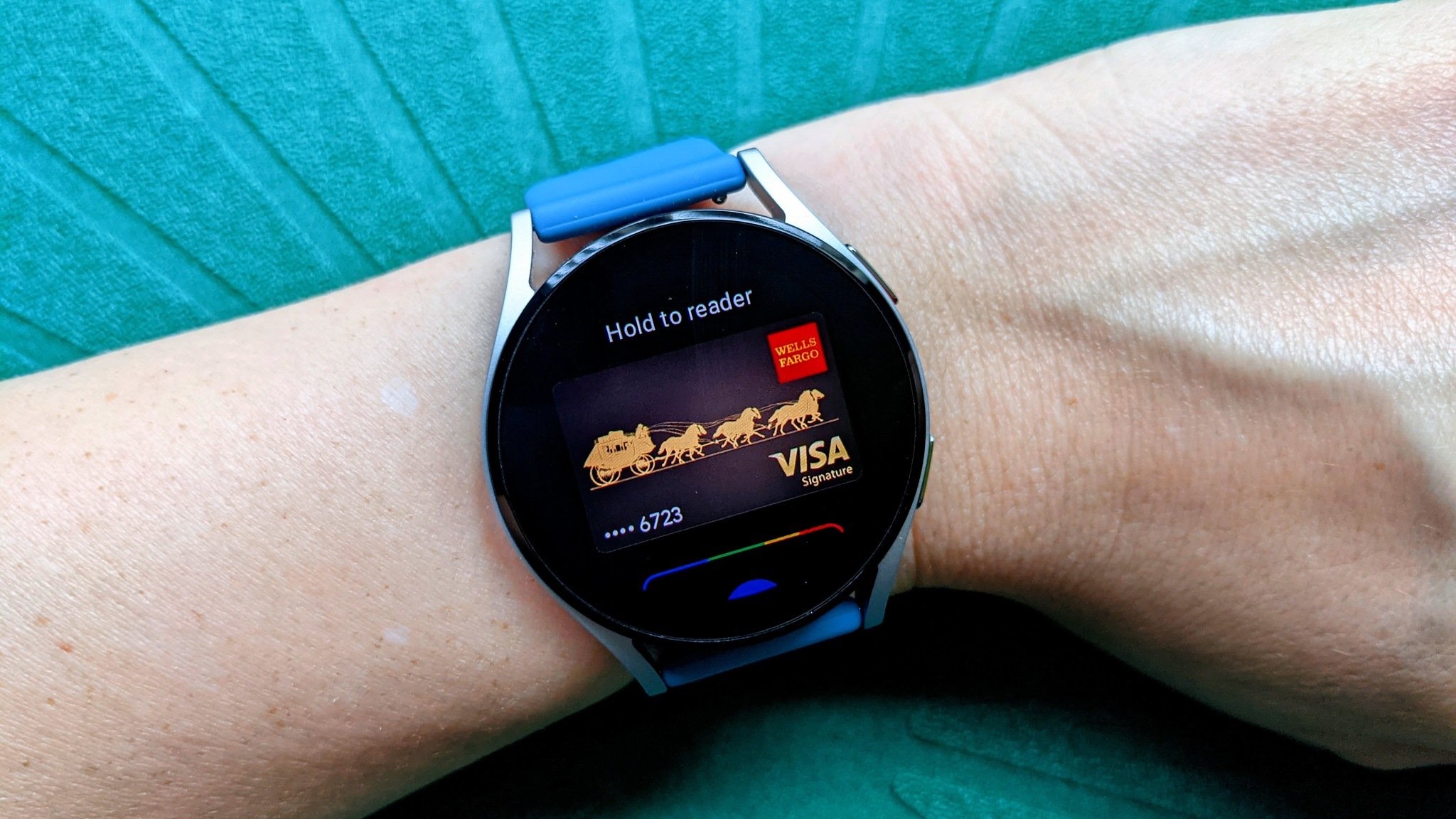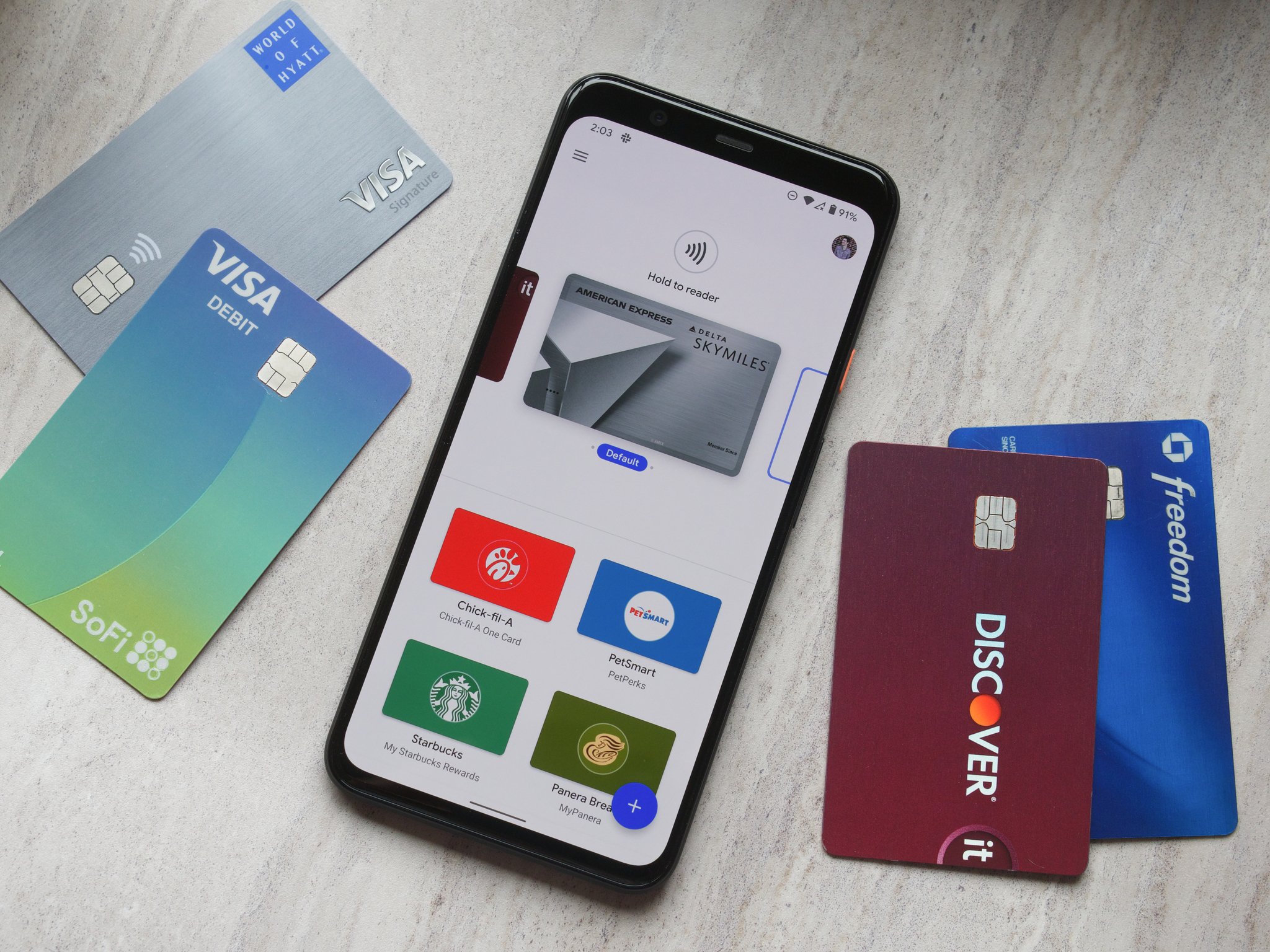The Google Wallet / Google Pay split is messy but might just work
Google’s rebranding is just its latest attempt to catch Apple Pay, but it needs driver’s licenses to do it.

It sounds confusing, but Google has decided to rebrand Google Pay into Google Wallet in various countries. Though in the U.S. and Singapore, it plans to keep Pay and launch the companion Wallet app. Analysts aren’t sure what to make of Google’s move and are split on whether this will confuse users or not.
At Google I/O, the company announced Wallet, which will secure and store payment cards, passes, IDs digitally, and more. In addition to this, users (in specific regions) will still be able to use Pay, which will function as it has in the past.
In all countries where only Pay has been available, Google says the app will auto-update to Wallet and users will just have one app to work with.
As confusing as this all is, longtime Android users may be especially confused. Google first launched Wallet in 2011. In 2015 the company launched Android Pay and later in 2018, Android Pay and Google Wallet were merged into what we know as Google Pay. Now Google will break Wallet off once again.
In an interview with Android Central, Dong Min Kim, director of payments product at Google, said rebranding Wallet and offering it as a separate app was decided based on user behavior.
“We started with the Wallet-based experience and we introduced this new deeper experience. And what we’ve seen is that people kind of tend to gravitate towards one or the other based on what they’re used to and what their primary use cases for and are.
“I think part of the story around Google Wallet and what we want it to evolve to, is that it shouldn’t feel like a payments app. It should actually feel like a digital version of the stuff that I carry on with me and right now it feels a bit like these are competing with each other. But at the end of the day, once you start being able to add things like your digital car keys, or mobile driver’s licenses, it should feel much more like this is just an extension of my Android device,” he says.
Get the latest news from Android Central, your trusted companion in the world of Android
Google did not specify when Wallet will be available, but that it could come later this summer on all of the best Android devices out there.
Google also did not indicate when you'll be able to add your drivers' licenses to your Wallet, in part because the company is still working with various governments around the world to make this happen.
In the U.S., it’s either going to really confuse users…or maybe they won’t care at all

Anshel Sag, a senior analyst at Moor Insights & Strategy, says the move is going to confuse people, which ultimately isn’t going to be a good move for Google.
“It will mostly confuse existing users when they look and realize that they have to download another app to have the same functionality they once had with one app,” he says. “I think it’s problematic, honestly. I like having Wallet and Pay as a single app and product and the only way I could see them splitting them out as a good thing is if Google was hoping to use Wallet more to encourage an even more open approach.”
Mishaal Rahman, senior technical editor at Esper and former editor-in-chief of XDA Developers, doesn’t necessarily think it’s going to confuse users, who probably forgot that Wallet even existed at one point.
While he says it’s “amusing to see Google rebrand yet another already released product,” it’s not such a big deal. Rahman adds that many journalists are likely familiar with Google’s “flip-flopping product launches,” but “many regular consumers may not be aware of Google’s many earlier products.”
“How many consumers could definitively tell you what the old Google Wallet offered, and how many would simply misremember or guess what the product was about? Of course, not every rebranding provides a clean slate, especially when it involves a highly beloved and popular application or service,” he says.
However, that being said, Rahman doesn’t necessarily think the rebrand will have the effect Google is hoping for, adding that Google treats rebranding as an opportunity to present an old product as new.
“As if they’re starting with a clean state before launching a new product,” he says.
It’s all about visibility and awareness, and Google really needs to get this right

While the brand strategy seems a bit wonky, Rahman thinks that what is critical is getting people on board and aware of how Wallet and Pay will work.
“Google’s branding strategy certainly warrants criticism, but in this case, I think their strategy is sensible. The dual branding is intuitive - Wallet stores your digital cards, while Pay makes payments. I don’t think confusion will be a problem, but awareness will be,” he says.
Rahman notes that the biggest issue that Google has had with Wallet/G Pay/ Google Pay/Android Pay is not the branding, but rather market penetration.
“Everyone knows what Apple Pay is, but comparatively, few people know about Google’s offering despite the obvious similarities and branding. Google’s offering doesn’t offer as compelling a service, and simply rebranding the wallet component of G Pay won’t do much to help with consumer awareness. Google not only needs to significantly expand its functionality but also get card issuers on board with offering digital identity documents,” he says.
Hanish Bhatia, senior analyst at Counterpoint Research, agrees and adds that Google right now is trying to “grab a larger share in global mobile payments.”
In terms of how Google is handling which countries get two apps and which get an auto-update, he says Google is being very strategic based on its growth from Android-dominated markets, “especially developing countries.”
“While Google’s products cut across daily digital transactions done over the internet, mobile payments might be the missing piece of the puzzle, which attaches certain economic value to every user. Such a profiling can be a big deal for a company that generates majority of its revenue through advertisements,” he says.
Getting drivers’ licenses is critical but going to prove difficult to get

Google’s Kim says that the company has been working hard for Wallet to support drivers’ licenses.
“There’s going to be support…but it’s not going to be part of the initial launch. It is something that we’re building the capability for on the platform,” he says.
“We’ve been talking to several states and government agencies, national governments as well. There’s a lot of complexity in that system. And we want to make sure that when we launch this we’re doing it the right way. We want to make sure users really feel safe.”
Rahman agrees, adding that implementing drivers’ licenses is going to be challenging because of the added governmental bureaucracy.
“Various state governments across the U.S. are trialing digital driver's license apps, but even if those are approved by their respective DPSes (and who knows how long that'll take), there's no guarantee that that approval extends to the card being shown within Wallet. After all, driver's licenses are a valid form of primary identification used for all sorts of purposes, so they're strictly regulated. Depending on how the Wallet's framework is set up to retrieve and surface digital driver's licenses from already approved vendors, I wouldn't be surprised if at least some authorities will have questions before their use is approved in Wallet,” he says
Bhatia says that this will be very critical for Google, noting that it will play a key role in the success of Wallet.
“Google must offer something beyond ‘digital storage’ of government IDs for steep adoption. How these government IDs interact across different transaction points will be the key,” he says.

Shruti Shekar is Android Central's Editor-in-Chief. She was born in India, brought up in Singapore, but now lives in Toronto. She started her journalism career as a political reporter in Ottawa, Canada's capital, and then made her foray into tech journalism at MobileSyrup and most recently at Yahoo Finance Canada. When work isn't on her mind, she loves working out, reading, watching the Raptors, and planning what she's going to eat the next day.
